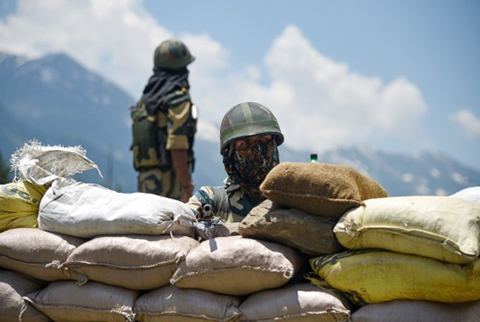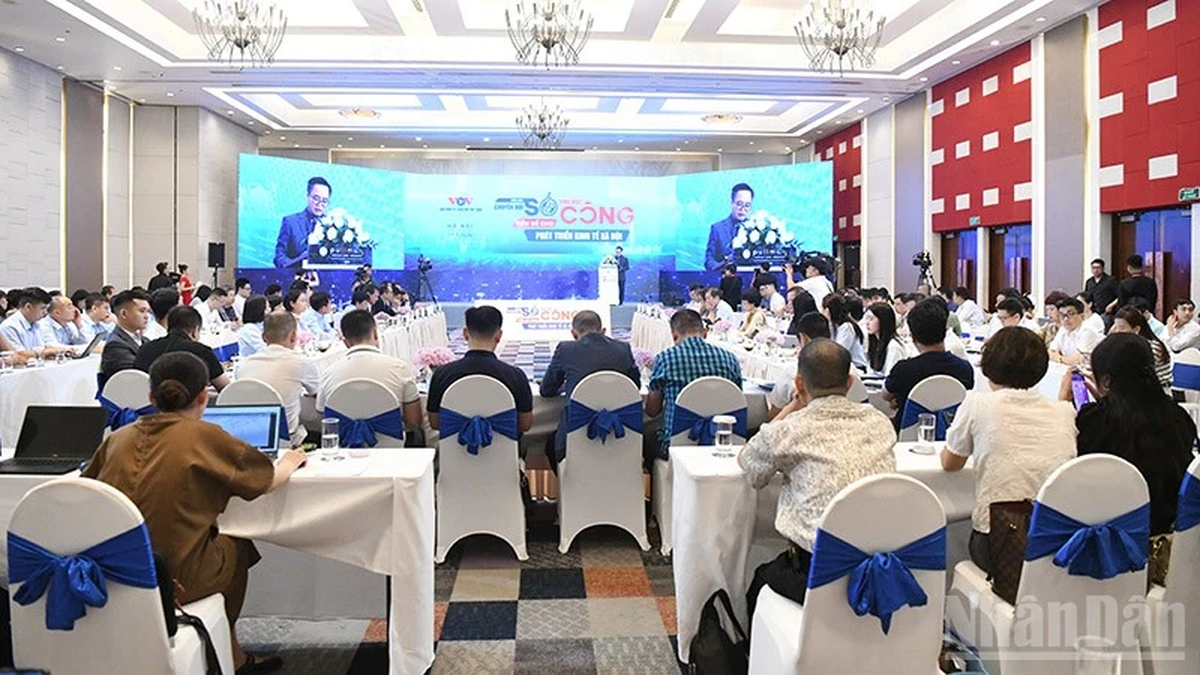Bloomberg recently reported that India has deployed about 10,000 additional troops to the disputed border area with China, a move that could further stir up already tense relations between the two countries.
Indian soldiers at the border. Photo: DPA
Senior Indian officials, speaking on condition of anonymity, said that 10,000 troops previously deployed on the country’s western frontier have now been moved to guard the border with China. In addition, an existing 9,000-strong force has been moved to the disputed border with China and placed under the command of a newly created combatant command. The combined force will guard a 532-km stretch of border separating China’s Tibet region from the northern Indian states of Uttarakhand and Himachal Pradesh.
The Indian Army and the country's Ministry of Defense have refused to comment on the information published by the media.
The unprecedented deployment of troops, artillery and air force to the border region highlights the region's growing strategic importance and sensitivity in the eyes of Indian leaders.
In 2021, India deployed about 50,000 additional troops to the Eastern Ladakh region bordering China. The Indian and Chinese armies had clashed in the area a year earlier, killing 20 Indian soldiers and straining bilateral relations. Since then, both India and China have upgraded their military infrastructure and moved missiles and aircraft closer to each other’s borders.
Tensions over the border dispute pushed India-China relations to a low point and have not recovered since. The two countries have gone through 21 rounds of military and diplomatic talks to improve the situation. In this context, India has also passed laws to tighten restrictions on Chinese investment and business activities in the country.
China said India's move to send more troops to the disputed border area between the two countries was "not conducive to easing tensions".
“China is committed to working with India to safeguard peace and stability in the border areas. We believe that India’s actions are not conducive to safeguarding peace and are not conducive to easing tensions between the two sides,” said Chinese Foreign Ministry spokesman Mao Ning.
“India’s increased military deployment in border areas does not help ease the situation or protect peace and safety in these areas,” Ms Mao added.
In 1962, China and India fought a war along parts of their 3,800km border, which is not clearly defined. Tensions have heated up in recent years as the two countries have clashed in disputed areas.
The situation escalated after a clash between China and India in the Galwan Valley in 2020. The incident left 24 people dead on both sides.
Since the fighting, tensions between the two countries have escalated as both sides have deployed troops and weapons to the “hot spots”. However, the two countries later agreed to de-escalate tensions at the border and also began to withdraw troops, tanks, and military equipment from the disputed area.
India and China have held 21 rounds of military-diplomatic talks since the 2020 clash to de-escalate tensions. Since then, New Delhi has passed laws discouraging Chinese investment and businesses in India.
Compiled by NGUYEN TAN
Source





































































































Comment (0)